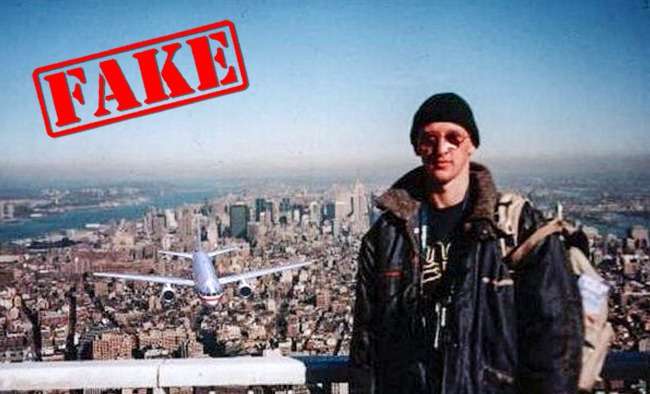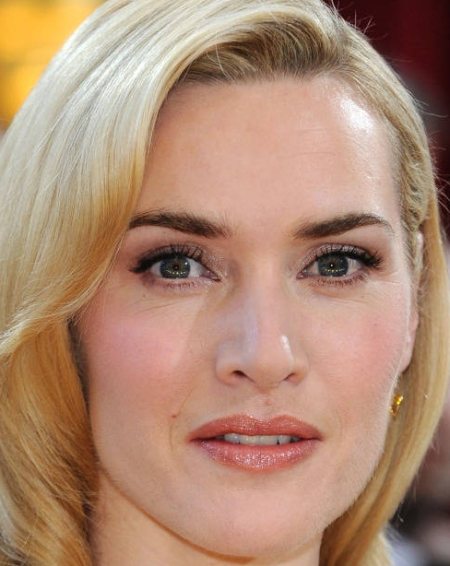

The film’s disdain for its subject matter is palpable-often for good reason, but at times, to an extent that obscures Bilton’s point.
#FAKE FAMOUS SOFTWARE#
The con is so convincing, it tricks the bot-detection software companies use to assess prospective ad partners (that, Bilton points out, or the software is also a scam).
#FAKE FAMOUS FREE#
As Bilton puts it, she could “simply tag a brand in a photo,” and they would reach out with free samples.

As Dominique’s faux fans soar toward 250,000 (she now has 341,000), the free stuff starts coming fast: APL sneakers, cryogenic beauty regimens, and eventually, an all-expense-paid VIP influencer roadtrip valued at $5,000.

Chris, following a photoshoot in a fake private gym, gets a DM from a real private gym, inviting him to a personal session. After three months of posting to an audience of robots, Dominique hears from a sunglasses company, offering pink-tinted aviators in exchange for some photos. Unsurprisingly perhaps, to anyone online in the 2010s, it works-for two of the test subjects. It’s the money Bilton’s after-or rather, the idea that a ginned-up microcelebrity with an algorithmically altered fanbase can convince corporations to start shelling out. Instead of doctors or firefighters, Bilton explains in the opening monologue, kids aspire to be self-employed spokespeople who maintain online followings and leverage them for brand deals. Bilton’s platform of choice was Instagram, in part because the investigation focused on an occupation the app arguably invented: influencing.Ī once amorphous term, the influencer has evolved into a fairly specific occupation-one that, to Bilton’s obvious alarm, now ranks among the most desired jobs in the minds of American schoolchildren. (A New York Times report found that one such vendor, Devumi, had generated a fleet of 3.5 million fake Twitter accounts, and supplied customers with over 200 million followers). Over a period of several months, Bilton bought the trio tens of thousands of fake followers, sold at a relatively affordable rate ($119.60 for 7,500 accounts) to flood their photos with comments and likes. After screening some 4,000 candidates, he chose three: Dominique, an aspiring actress who works in retail Chris, a self-assured fashion designer and Wylie, the timid assistant to a demanding real estate agent. Bilton put out a call for young people with just two qualifications: a normal person-sized internet following and a desire to be famous. The parameters of his study were pretty simple. Bilton, whose past credits include the book Hatching Twitter and, to some degree, the legalization of cellphone use on airplanes, undertook an experiment to manufacture fame, specifically the social media kind. That last one, at least, is the bet tech journalist Nick Bilton makes in the new documentary Fake Famous (which airs Feb.

In theory, anyone can engineer their own news story, catfish as a bodybuilder, or bot themselves into minor stardom. There’s a kind of perverse democracy to it. Followers might be bots, scraped from hacked accounts and public domain pictures. Social media clout, like A-Rod’s stats or celebrity lip girth, can be artificially inflated.


 0 kommentar(er)
0 kommentar(er)
